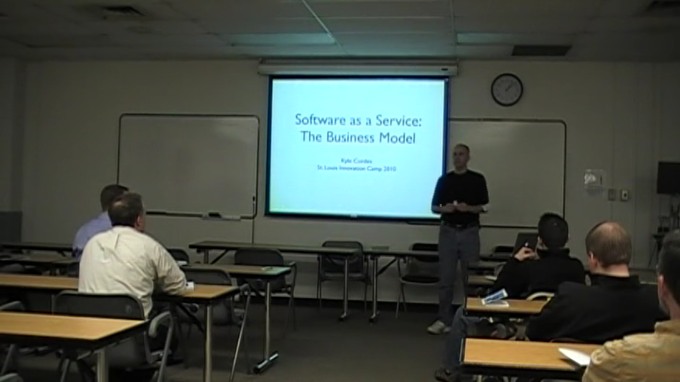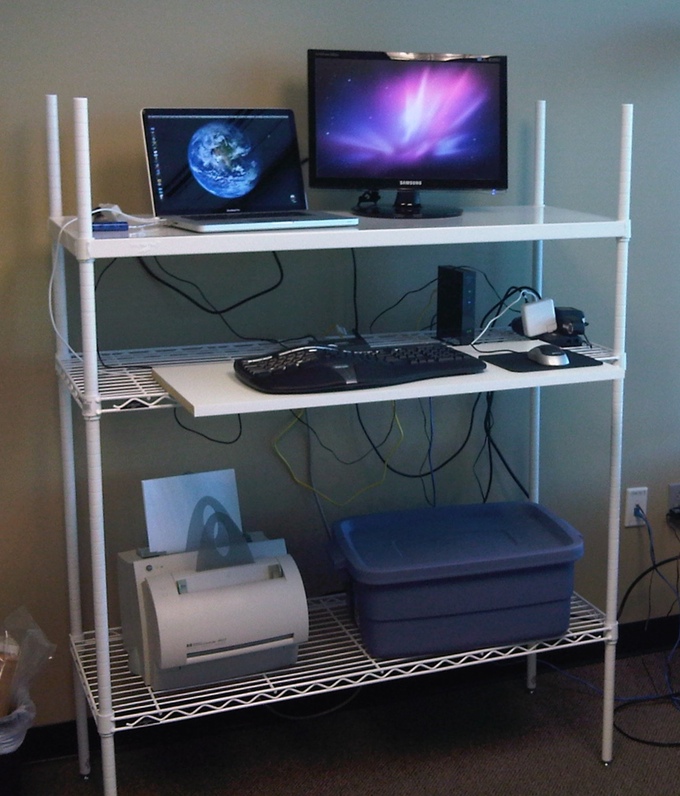For today, a “day job” topic:
Oasis Digital (my firm) is a custom software development shop. It is not a staffing or recruiting firm; there are many good firms in those businesses, and I have no desire to join them in that market. Oasis Digital doesn’t offer contract-to-hire, it doesn’t charge a percentage of a hire’s pay, and does not recruit in for customer placement.
Nonetheless, we do occasionally help our customers hire.
Really?
I’ve heard customers and our own team members express surprise at this. Isn’t it against our own interest to help a customer with a direct hire, who might end up doing some work instead of Oasis Digital doing it?
In a short-term, trivial sense it is perhaps against our interest. If we wanted every project to go on forever, using 100% only Oasis Digital staff, then we would make sure to never help any customer with any hire at all. But that is completely unrealistic. There are millions of software developers (and sometimes it seems almost as many software development firms). We are in a competitive market. Our customers have a choice, they can do business with us or have someone else write their software instead, regardless of whether we help them with hiring.
Therefore, the real question is whether to be greedy for the short term, or visionary for the long term. We choose the latter. Our policy is that we are happy to help our customers hire direct staff. We believe that this will, in the long term, lead to success for our customers and for Oasis Digital.
We assist with hiring in 3 ways.
Direct Assistance with Hiring and Onboarding
At Oasis Digital we have a somewhat unusual hiring process: in addition to the usual interviews by phone, in person, and otherwise, we ask (and pay) prospective developers to write some code for us based on a short specification. The resulting code, and conversation about it, provides a great opportunity to get to know someone (and to assess the results they will create) very quickly before hiring them. We assess technical skills as well as teamwork / cultural fit. We have a high bar to hiring and a defined process to reach that bar. At the same time, our process respects potential employees, by not asking for sample work to be done for free.
A good hire, though, is not the finish line. It is the starting line! During the first months of a new developer’s work we have an onboarding process in which the new developer sets up a work environment (mostly by referring to project documentation), then implements tiny changes, then small changes, then medium changes, then finally can begin work on large, important tasks. Throughout these initial months, the new developer works with more frequent collaboration and code/change review than will be needed in the long run. We have found that with our hiring and onboarding processes (described above at a very high level), we have a high success rate.
The first and most direct way we can assist our customers, therefore, is to simply execute these processes for them: assist with interviews, sample projects, and lead the onboarding effort.
Same Standards
When working with a mixed team consisting of Oasis Digital staff as well as customer staff, we hold everyone to the same high standards.
I’ve seen teams that work the other way: accepting a lower standard of work from a customer’s internal staff. It ends badly. We would rather lose a customer, than ship bad software. Our reputation matters more than the next dollar.
Pass It On
Lastly, our processes aren’t a deep secret; the key is not the ideas, it is the execution. We are happy to teach our way of working to customers (and everyone else, in blog posts and talks). Even at the price (free to read, normal billing for customer work) it is a hard sell, though: hiring is often deeply embedded in how companies work.
Stay Tuned
I’ve summarized here at a high level; expect future posts and talks with many more details.



